Cost Efficiency and Labor Savings
Cost efficiency remains a critical driver for the self consolidating-concrete market, as contractors seek to minimize expenses while maximizing productivity. Self consolidating concrete reduces the need for extensive labor, as it flows easily into forms without the need for vibration. This characteristic not only speeds up the construction process but also lowers labor costs, which can account for up to 30% of total project expenses. In a competitive market, the self consolidating-concrete market industry is likely to attract more contractors looking for ways to enhance profitability while maintaining quality standards. The potential for reduced project timelines further solidifies its appeal.
Urbanization and Infrastructure Development
Urbanization continues to drive the self consolidating-concrete market, as cities expand and require robust infrastructure to support growing populations. The US is witnessing significant investments in urban infrastructure, with an estimated $1 trillion allocated for public works projects over the next decade. This surge in infrastructure development necessitates the use of advanced materials like self consolidating concrete, which can be efficiently placed in complex forms and tight spaces. The self consolidating-concrete market industry is likely to see increased adoption as urban planners and construction firms prioritize materials that enhance construction speed and quality, thereby addressing the challenges posed by rapid urban growth.
Rising Demand for High-Performance Materials
The self consolidating-concrete market experiences a notable increase in demand for high-performance materials, driven by the construction industry's need for enhanced durability and strength. As infrastructure projects become more complex, the requirement for materials that can withstand extreme conditions is paramount. In 2025, the market for self consolidating concrete is projected to reach approximately $2.5 billion in the US, reflecting a growth rate of around 8% annually. This trend indicates a shift towards materials that not only meet structural requirements but also offer improved workability and reduced labor costs. The self consolidating-concrete market industry is thus positioned to benefit from this growing preference for high-performance solutions.
Technological Integration in Construction Processes
Technological integration is reshaping the self consolidating-concrete market, as advancements in construction techniques and materials science enhance the performance of concrete products. Innovations such as 3D printing and automated mixing processes are becoming more prevalent, allowing for greater precision and efficiency in concrete application. The self consolidating-concrete market industry is likely to benefit from these technological advancements, as they enable the production of higher quality materials that meet stringent performance criteria. As technology continues to evolve, the potential for improved product formulations and application methods may further drive market growth.
Environmental Considerations and Green Building Practices
The self consolidating-concrete market is increasingly influenced by environmental considerations, as the construction industry shifts towards sustainable practices. The demand for eco-friendly materials is on the rise, with many projects aiming for LEED certification or similar green building standards. Self consolidating concrete can be formulated with recycled materials, reducing its carbon footprint and appealing to environmentally conscious consumers. In 2025, it is estimated that the market for sustainable construction materials will grow by 12%, further propelling the self consolidating-concrete market industry. This trend suggests a growing recognition of the importance of sustainability in construction.


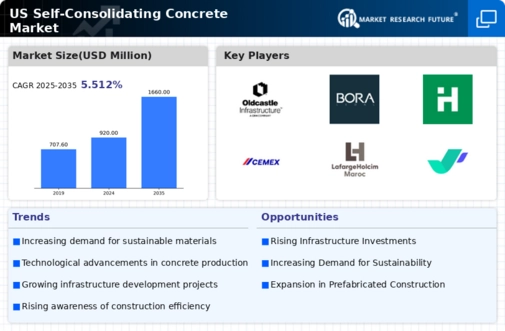

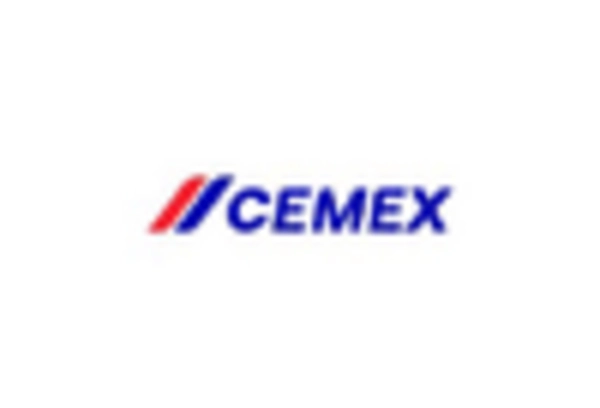
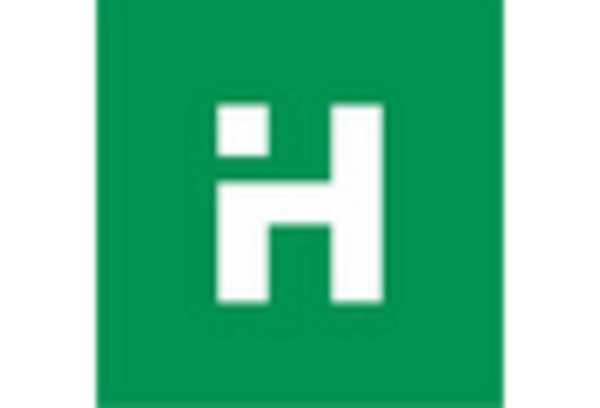
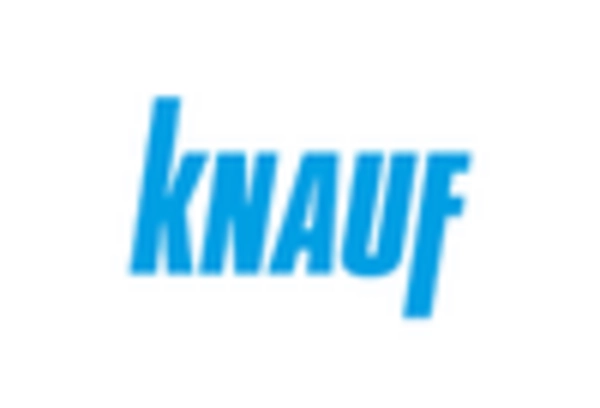
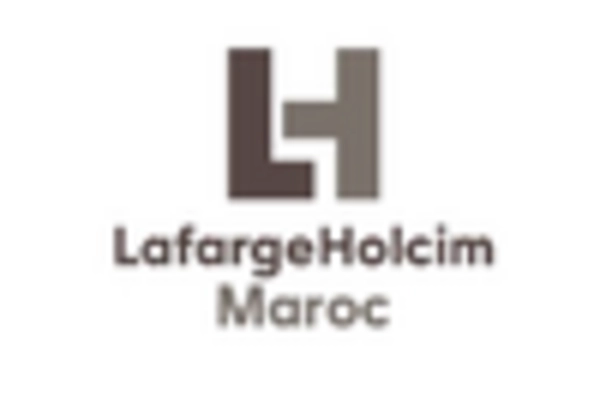









Leave a Comment